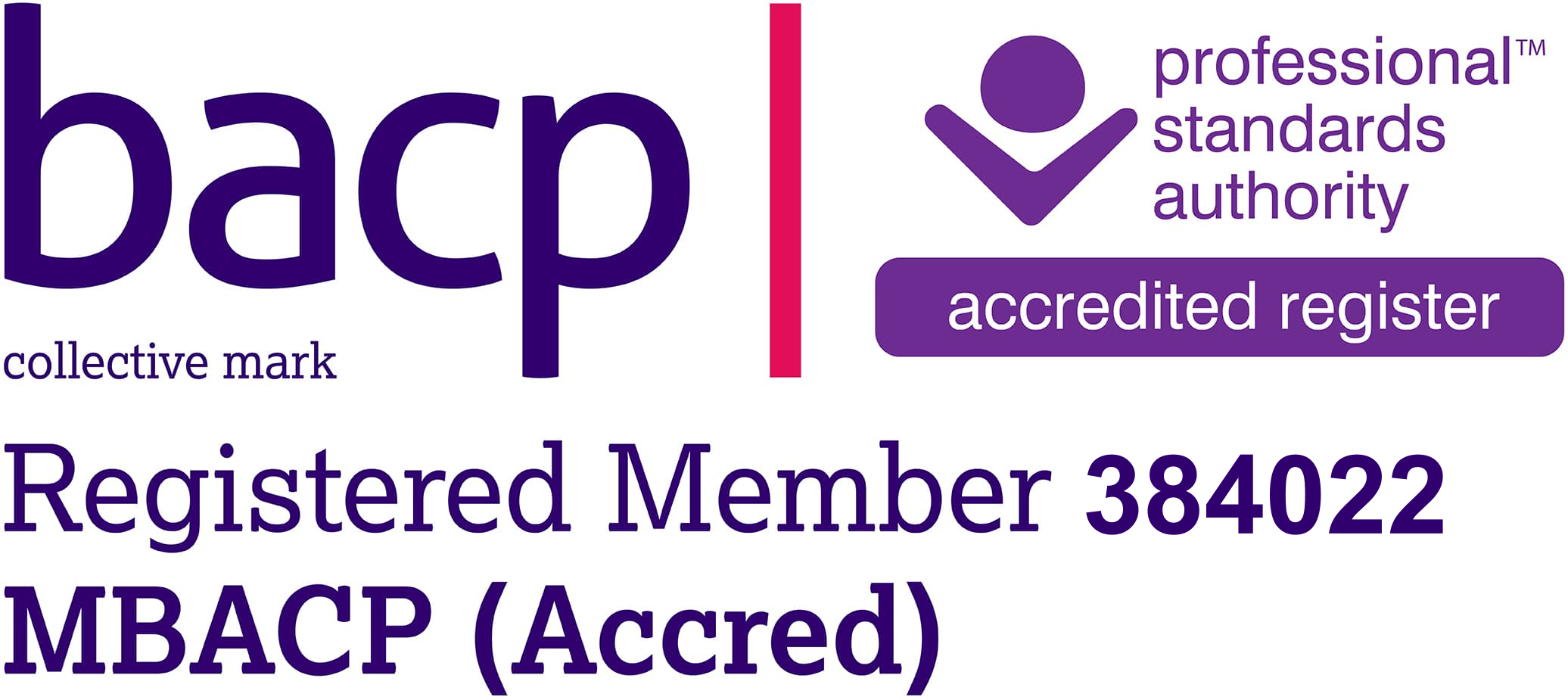Definition of Risk
Risk behaviours range from those considered physically or mentally unhealthy to suicidal ideation and suicidal acts. For example, this could include, but is not limited to: acts of self-harm; misuse of alcohol and drugs; unhelpful eating patterns; cutting; hitting; scratching; hair pulling; harmful sexual behaviour; excessive gambling; hurting or abusing others; criminality or suicidality.
How I work with Risk
Clients will be engaged in an open and transparent discussion around issues of risk they present, the protective factors which are present, and their perception of their situation at assessment. A therapeutic dialogue about the client’s thoughts, feelings and behaviours will be maintained throughout counselling until indicators of risk are no longer present. This will include the limits of confidentiality which may apply to their situation.
Clients will be made aware that I cannot offer a crisis response service and where else this may be found if needed.
As most behaviours which could be considered self-destructive or self-harming are often an outward sign of underlying emotional, physical, or psychological issues, I will take into account the factors in each client’s situation in considering my response to these behaviours. Clients, however, retain autonomy and the right to choose how to respond to their situations. I will work with clients to develop their self-awareness of their risk taking, develop alternative strategies and where appropriate to develop and regularly review a safety plan. I will also ensure that the client has access to sources of online help and support which can be accessed between sessions. It remains the clients right to choose whether to use these or not. This plan will include sources of support outside of the counselling sessions and include key information to ensure the client feels able to contact them. A copy of the safety plan will be kept with the clients counselling notes.
Immediate danger to life
Where it is considered there is an immediate danger to a clients’ life, I will break confidentiality, with or without consent, to contact emergency services, the clients GP and/or the client’s emergency contact as appropriate. A clear point of referral for this will be maintained with the client’s counselling notes. Any action taken will be recorded on the client’s session notes and retained with them. Consultation with a clinical supervisor will be used to review this action.
I will maintain a register of support organisations which I will make available to clients, specificlly crisis response options which may be available in their locality. These will be discussed with clients and shared as appropriate.
Managing Risk
Clients may need to continue with risk taking behaviours whilst engaging in counselling until they are able to adopt healthier behaviours. I will support clients to continue with counselling whilst engaging in risk taking behaviour. This will involve regular discussion and review of client’s risk taking and development of self-awareness and alternative strategies to manage their distress. The risk/benefit balance of this course of action for the client will be regularly reviewed with a clinical supervisor.
I will carefully assess, at assessment, if there are any risks for clients which may be exacerbated by engaging in counselling e.g. where clients live in with Domestic Violence. Where appropriate, I may discuss alternatives to counselling to support them.
Recording Risk Management
A risk assessment form will be completed together with the client and maintained with the clients counselling notes.


